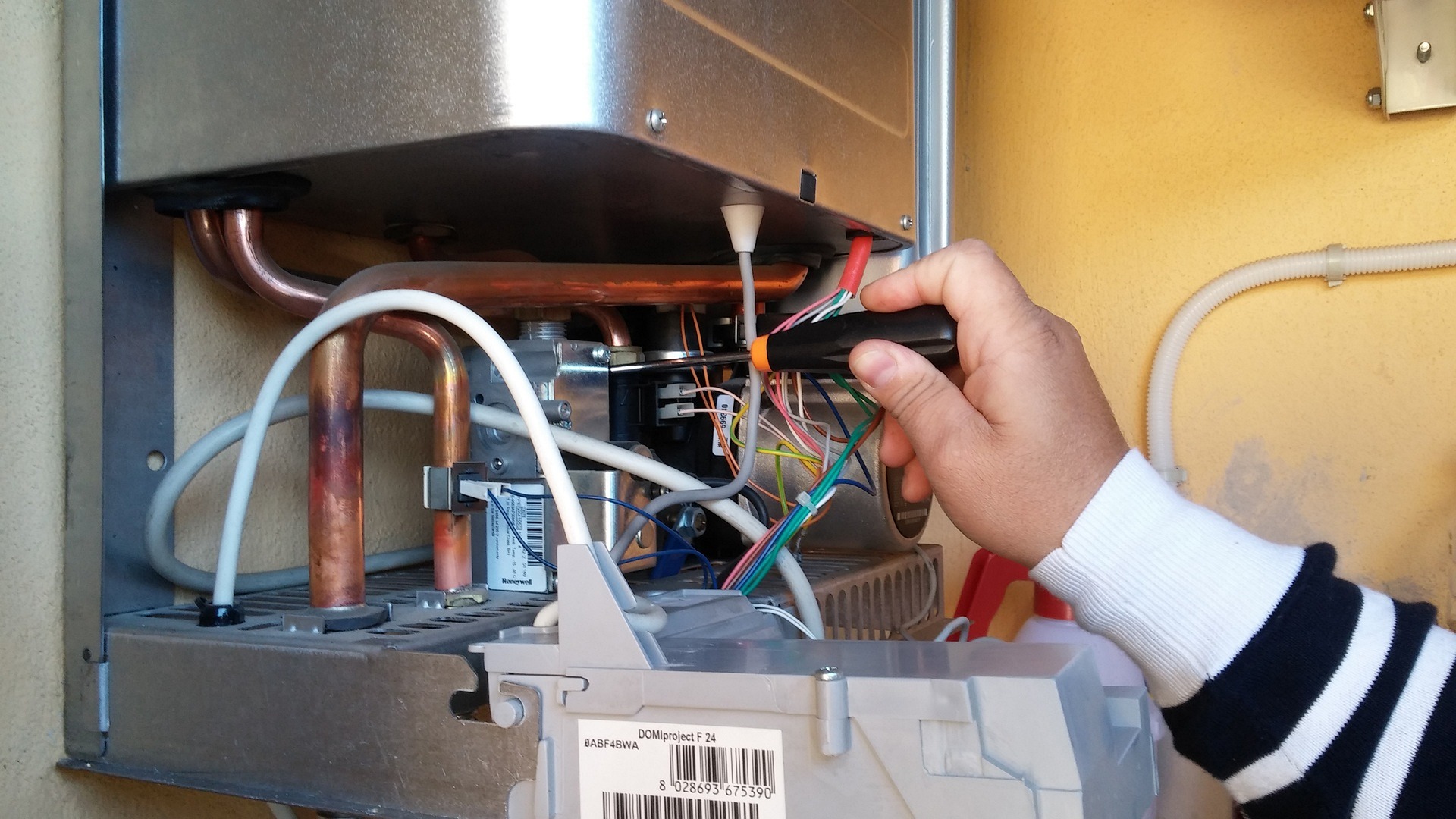Understanding Common Plumbing Supplies and Their Uses
Plumbing supplies help keep our homes working properly. From pipes and fittings to wrenches and valves, each tool and material has a specific purpose. Learning about these supplies makes it easier to understand how plumbing systems function and how water flows through a building.
Modern plumbing systems rely on a diverse array of components, each serving specific functions to maintain water pressure, prevent leaks, and ensure proper drainage. Understanding these essential materials helps homeowners make informed decisions about maintenance, repairs, and upgrades while communicating effectively with professional plumbers.
Essential Home Plumbing Materials for Every System
The foundation of any plumbing system starts with pipes, which come in various materials including copper, PVC, PEX, and galvanized steel. Copper pipes offer durability and antimicrobial properties but cost more than alternatives. PVC pipes provide affordability and corrosion resistance, making them popular for drain lines. PEX piping has gained popularity due to its flexibility and ease of installation, particularly in tight spaces or retrofitting projects.
Pipe insulation represents another crucial material, preventing heat loss in hot water lines and protecting pipes from freezing in cold climates. Foam sleeves, fiberglass wraps, and rubber insulation each offer different levels of protection and cost considerations.
Common Plumbing Tools for Maintenance and Repairs
Basic plumbing maintenance requires specific tools designed for working with pipes, fittings, and fixtures. Pipe wrenches provide the leverage needed to grip and turn threaded pipes and fittings securely. Plungers remain essential for clearing minor blockages in toilets and drains, while drain snakes help remove deeper obstructions.
Tubing cutters ensure clean, straight cuts in copper and plastic pipes, preventing leaks that can occur with hacksaw cuts. Teflon tape, also known as thread seal tape, creates watertight seals on threaded connections. Plumber’s putty and pipe joint compound serve similar sealing purposes for different applications.
Understanding Pipe Fittings and Valves in Water Systems
Pipe fittings connect straight pipe sections and change direction or diameter within plumbing systems. Elbows redirect water flow at various angles, while tees create branch connections for multiple outlets. Couplings join pipes of the same diameter, and reducers connect pipes of different sizes.
Valves control water flow throughout the system, with different types serving specific purposes. Ball valves provide quick on-off control with a quarter-turn operation. Gate valves offer gradual flow control but work better for fully open or closed positions. Check valves prevent backflow, protecting water supplies from contamination.
Plumbing System Basics and Components Overview
Complete plumbing systems integrate supply lines, drainage networks, and venting systems. Supply lines deliver fresh water under pressure to fixtures throughout the building. Hot water systems include water heaters, expansion tanks, and temperature relief valves for safety.
Drainage systems remove wastewater through gravity flow, requiring proper slope and venting to function effectively. Traps under sinks and fixtures prevent sewer gases from entering living spaces while allowing water to flow freely. Cleanout fittings provide access points for clearing blockages in main drain lines.
Cost Considerations for Common Plumbing Supplies
Plumbing supply costs vary significantly based on material quality, brand, and local market conditions. Understanding typical price ranges helps homeowners budget for projects and evaluate contractor estimates effectively.
| Supply Category | Item | Price Range | Notes |
|---|---|---|---|
| Pipes | PVC 1/2” (10ft) | $3-8 | Basic drainage applications |
| Pipes | Copper 1/2” (10ft) | $15-30 | Premium water supply lines |
| Pipes | PEX 1/2” (100ft) | $25-50 | Flexible installation option |
| Fittings | Copper Elbows | $2-5 each | Professional grade fittings |
| Valves | Ball Valve 1/2” | $8-20 | Standard shut-off control |
| Tools | Pipe Wrench Set | $25-60 | Essential maintenance tools |
| Materials | Teflon Tape Roll | $1-3 | Thread sealing compound |
| Fixtures | Basic Faucet | $30-150 | Kitchen/bathroom applications |
Prices, rates, or cost estimates mentioned in this article are based on the latest available information but may change over time. Independent research is advised before making financial decisions.
Material costs represent only part of plumbing project expenses, as labor typically accounts for 60-70% of total costs for professional installations. DIY projects can reduce expenses but require proper tools, knowledge, and local permit compliance.
Selecting Quality Supplies for Long-Term Performance
Investing in quality plumbing supplies prevents frequent replacements and reduces maintenance costs over time. Brand reputation, warranty coverage, and compatibility with existing systems influence long-term value. Professional-grade materials often cost more initially but provide better durability and performance.
Local building codes may restrict certain materials or require specific installations, making compliance verification essential before purchasing supplies. Many suppliers offer contractor discounts, while big-box retailers provide convenience and competitive pricing for standard items.
Understanding common plumbing supplies empowers homeowners to maintain their systems effectively, communicate clearly with contractors, and make informed decisions about repairs and upgrades. Whether tackling simple maintenance tasks or planning major renovations, knowledge of these essential components ensures better outcomes and cost control.





